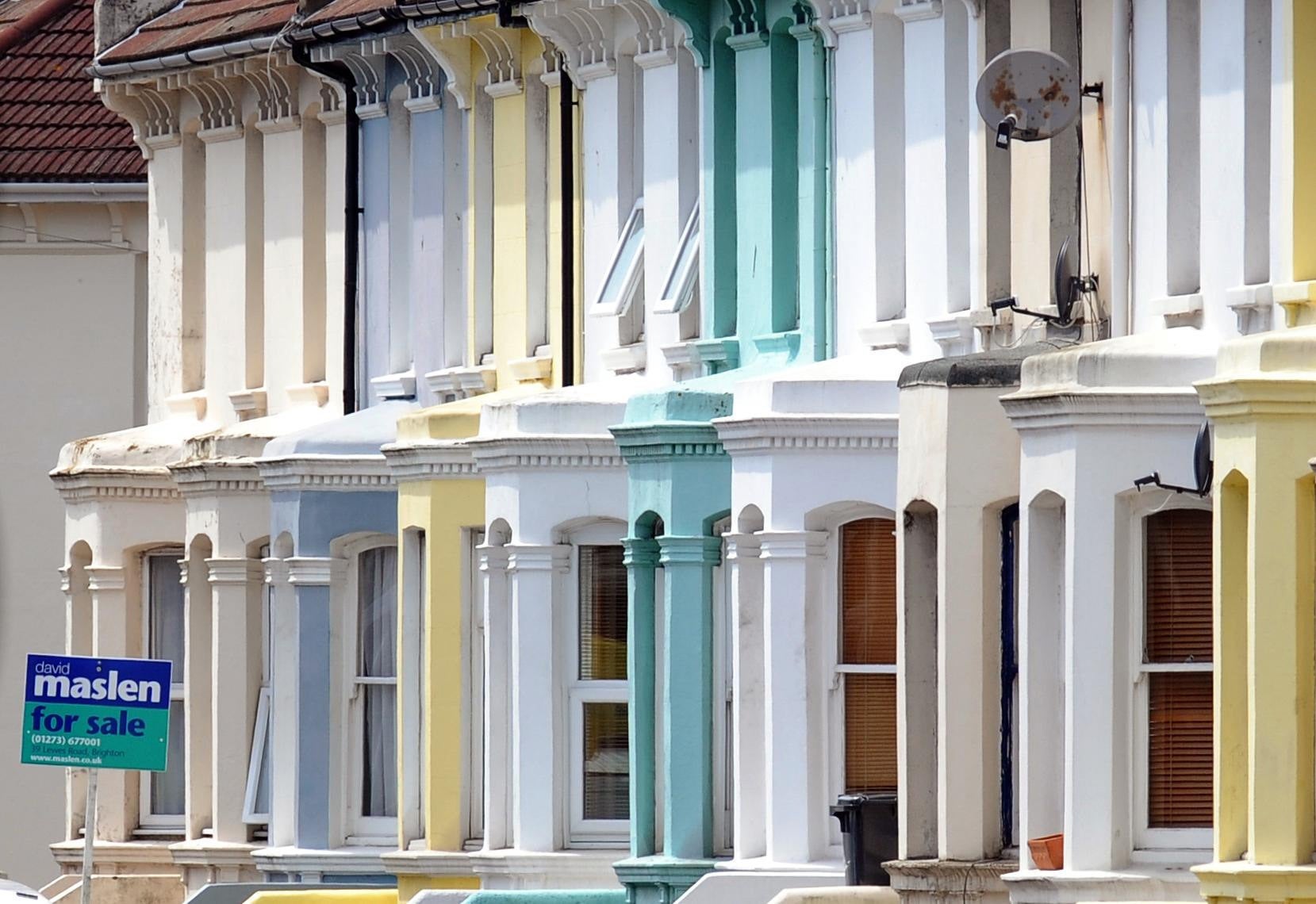Average house price 70 years ago ‘was around £56,000 in today’s money’
Estate agent Savills carried out analysis of house price growth to mark the Queen’s Platinum Jubilee.

Your support helps us to tell the story
From reproductive rights to climate change to Big Tech, The Independent is on the ground when the story is developing. Whether it's investigating the financials of Elon Musk's pro-Trump PAC or producing our latest documentary, 'The A Word', which shines a light on the American women fighting for reproductive rights, we know how important it is to parse out the facts from the messaging.
At such a critical moment in US history, we need reporters on the ground. Your donation allows us to keep sending journalists to speak to both sides of the story.
The Independent is trusted by Americans across the entire political spectrum. And unlike many other quality news outlets, we choose not to lock Americans out of our reporting and analysis with paywalls. We believe quality journalism should be available to everyone, paid for by those who can afford it.
Your support makes all the difference.The average UK house price was around £56,000 70 years ago in today’s money, according to analysis carried out to mark the Queen’s Platinum Jubilee celebrations.
Estate agent Savills said the typical house price in early 1952 was just under £2,000 – equating to around £56,000 when taking inflation into account.
The average house price nowadays is more than four times this sum – at £260,000.
The nation's housing stock has become a vast source and store of household wealth during the Queen's reign
Lucian Cook, head of residential research at Savills said: “House price growth over the past 70 years has meant that the nation’s housing stock has become a vast source and store of household wealth during the Queen’s reign.
“But the ability to benefit from this has largely been dependent on the year you were born, meaning the capital appreciation we have seen through different housing market cycles has created a marked divide between the housing ‘haves’ and ‘have nots’.”
Mr Cook added that house price upswings “have been magnified by a systemic undersupply of housing over the past 40 years”.
Savills said the start of the Queen’s reign coincided with a major national housebuilding programme.
Following economic volatility in the 1970s, there was some strong house price growth in the 1980s under former prime minister Margaret Thatcher’s Right to Buy scheme.
Mr Cook said: “This period fundamentally altered the way in which we looked at our home as a route to financial prosperity, fuelling the nation’s obsession with house prices.”
Savills said a longer period of rising property prices took place between 1995 and 2007.
During this time the average multiple of their income that people borrowed increased from 2.3 times their income to 3.1 times.
Mr Cook said a “sizeable wedge” was created between those who were and were not able to get onto the housing ladder.
Looking at today’s market, he said: “With a strong employment market, mortgage regulation having stress tested borrowers’ ability to sustain rate rises, and many having already locked into historically low interest rates, there don’t appear to be the triggers that have fuelled previous market downturns.”